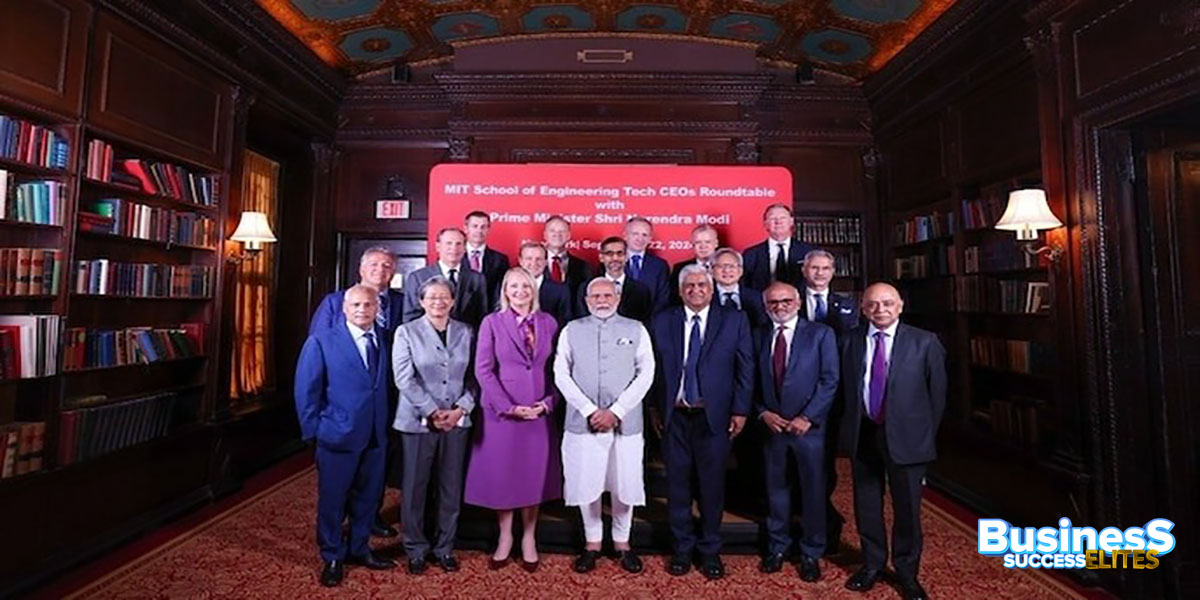
Indian Prime Minister Narendra Modi recently encouraged top U.S. tech companies to explore India as a hub for manufacturing and innovation. During a roundtable meeting in New York with 15 leading CEOs, including Sundar Pichai of Google and Shantanu Narayen of Adobe, Modi emphasized India’s potential for collaborative innovation. His message was clear: companies could “co-develop, co-design, and co-produce in India for the world.” This gathering followed his attendance at the annual Quad meeting with U.S., Japan, and Australia leaders.
India has positioned itself as an alternative to China for global firms looking to diversify their supply chains, particularly in the semiconductor industry. However, the country still lags behind giants like Taiwan and China in semiconductor production. Modi’s meeting with U.S. President Joe Biden during the Quad summit further solidified the India-U.S. semiconductor partnership, with plans to establish a chip fabrication plant to support national security and next-gen technologies like green energy and advanced telecommunications. This joint initiative will also serve the U.S. military, allied forces, and India’s defense sector, marking India’s first collaboration with the U.S. Previous attempts at developing semiconductor manufacturing in India have faltered, but this new agreement offers renewed hope.
Additionally, Modi addressed a large gathering of Indian-Americans in New York, describing them as “brand ambassadors” for India. He positioned India as a key player in global development, climate action, and supply chains. The India-U.S. partnership comes amid heightened global tensions, particularly with China. Although not explicitly mentioned, the Quad summit’s joint statement addressed concerns about escalating Chinese activities in the South China Sea.
A meeting with former U.S. President Donald Trump was absent from Modi’s agenda, despite Trump’s public comments praising Modi. The visit also came ahead of the U.S. presidential elections, adding political significance to Modi’s engagements with American leaders. The Quad’s joint communiqué reiterated their opposition to any actions destabilizing the Indo-Pacific region, indirectly referencing China’s increasing influence. The summit also announced projects related to maritime security and health initiatives, further strengthening the Quad’s collaborative efforts.
Top 5 Benefits of Instagram Reels for Business Growth
November 29, 2025How E-Commerce Brands Can Grow Using TikTok and Instagram Reels
November 29, 2025PhysicsWallah IPO: Price band set at ₹103-109 per share
November 9, 2025UpGrad in talks to acquire Unacademy in $300–400 million deal
November 7, 2025